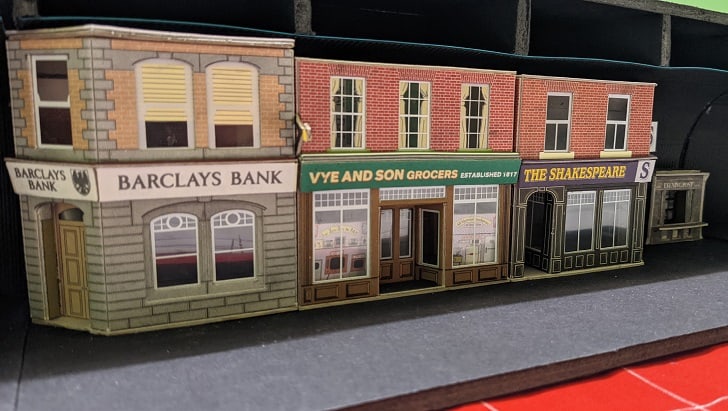
Further details of an ambitious project to expand the visitor attraction at Ramsgate Tunnels have been revealed.
The Ramsgate Tunnels 2024 project will recreate a 1940s street scene and new welcome facilities within the 157-year-old Victorian railway tunnel. It will also massively increase visitor capacity at the attraction.
Plans for the project show there will be six zones taking visitors back to two significant days during the Second World War.
Zone A is the welcome area with ticketing and café with mezzanine floor for community space and offices..
Zone B consists of replica facades of buildings in Ramsgate in the 1940s. These are a bank – allowing stories of ‘old money’ and numeracy activities; a shop with interior displays of goods from the 1940s; a pub showing games and music and a news stand with display of newspapers and magazines from the period.
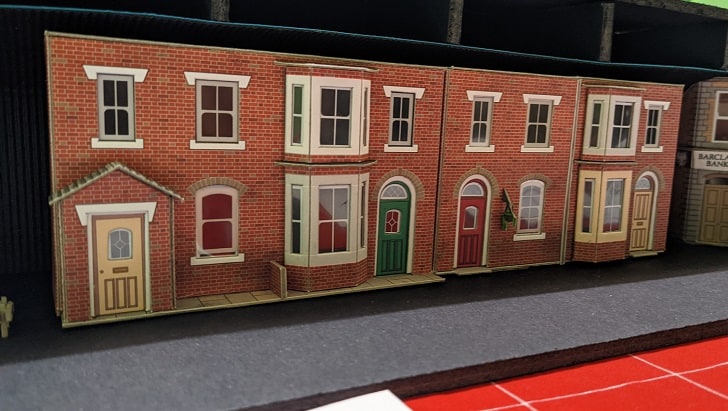
Zone C is a row of 4 terraced houses similar to Margate Road. The first two houses will be linked together internally and allow for period set dressing and the second pair of houses, also linked internally, will be equipped with showcases for the display of museum artefacts and clothes.
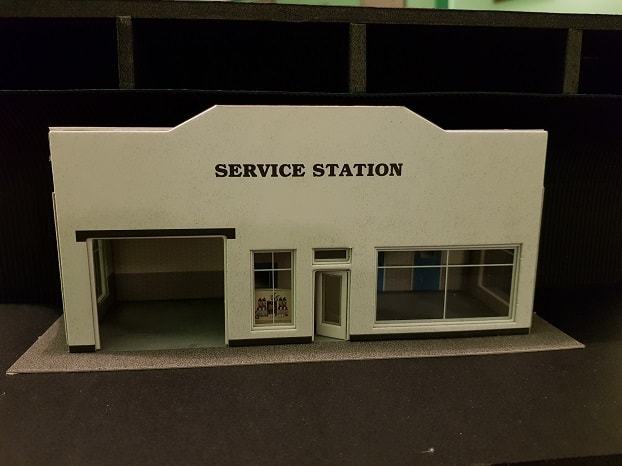
Zone D will be a garage workshop equipped with workbenches to enable tinkering activities or ‘repair shop’ presentations.
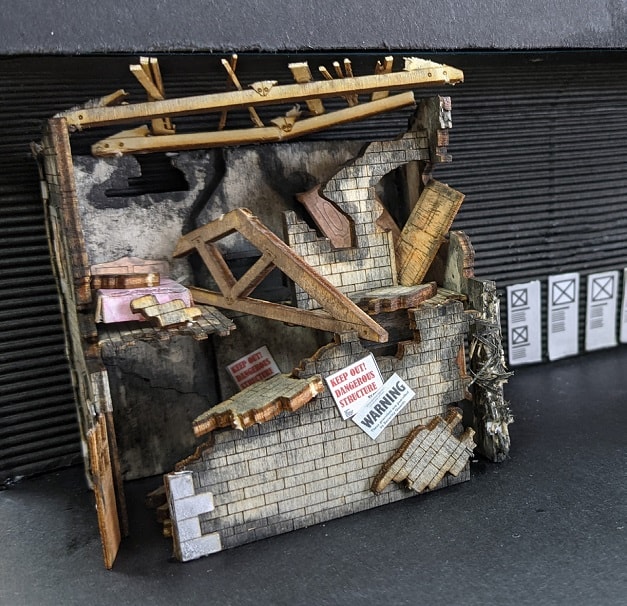
Zone E is a bombed out house.
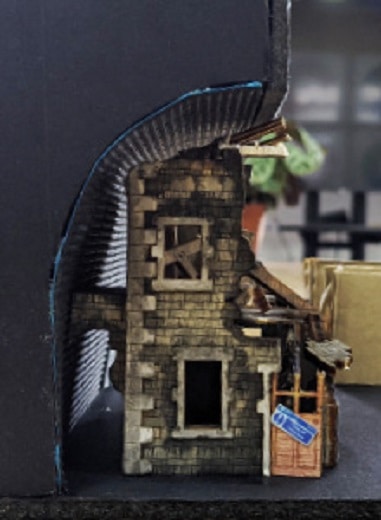
Zone F is a reconstruction of ‘Tunnel Town’.
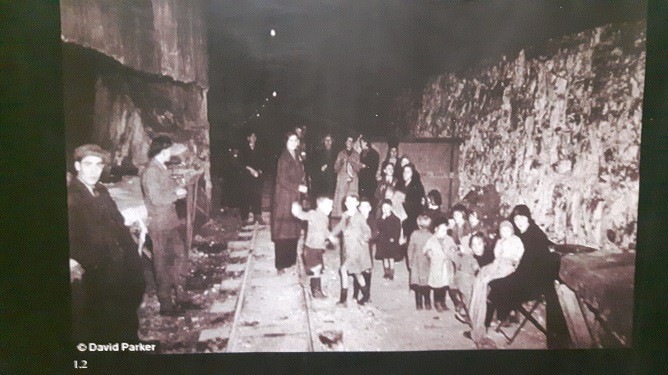
The group of buildings will occupy half the width of the tunnel allowing a vehicle to pass through the length. Some moveable items will be placed in the ‘road’ and exterior dressing and displays may include street games, vehicles and market carts.
The story being told centres on two days – before and after the bombing raid at the beginning of The Battle of Britain, when over 1,000 people took up residence in the Tunnel Town.
‘The three groups of buildings (Zones B, C and D) will be created to represent August 23, 1940, the day before the German ‘blitz’ that destroyed homes in Ramsgate and begins the story of the permanent occupation of the Tunnels.
The next section is then the ARP tunnel and the story of how people took refuge in there.
The final section is the ‘Day After’ (August 24, 1940) represented by a bombed out home and the story of the worst bombing destruction for Ramsgate and the subsequent establishment of ‘Tunnel Town’ showing how people lived in the tunnels for safety (and homelessness) for the remainder of the war.
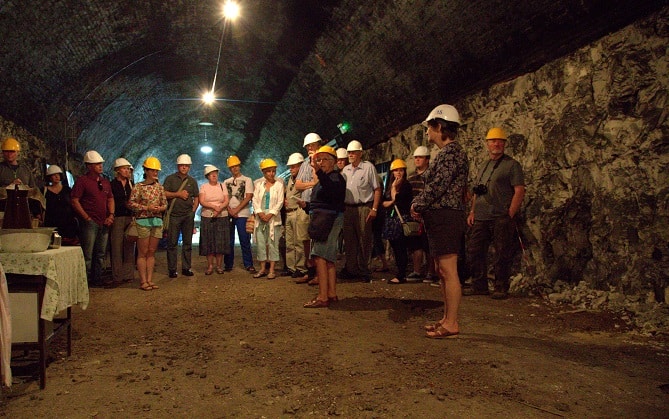
There will be recreated props and effects as well as artefacts and objects from the period. Facilities will allow for museum quality showcase displays and modern graphical interpretation as well.
A tour along the ARP tunnel will develop and put more detail into the history of the tunnels as an air raid shelter and its connection to Ramsgate.
The final section will tell the stories of the people who sheltered in the tunnels.
Visitors will be able to browse the street scene and listen to the music and voices and paint their own picture of the time, knowing that the following day much of it would be in ruins.
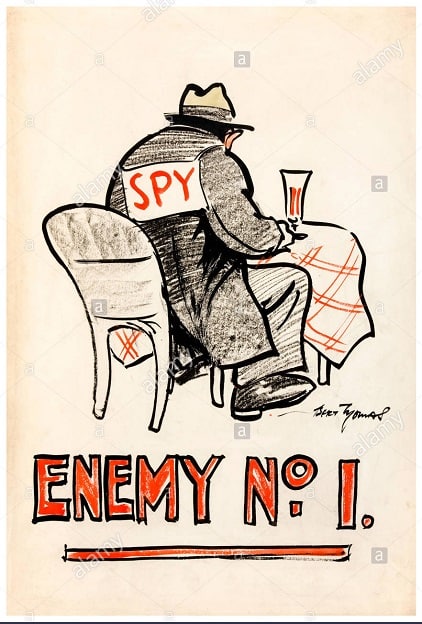
There will also be a ‘Hunt the spy’ game that can be played through the rooms and streets. Messages on walls, in typewriters or in the arrangement of newspapers on a table will give clues to those who like a challenge.
And there will be a virtual experience using Augmented reality overlays, where visitors can discover more details of the bombing of Ramsgate. They can ‘look forward’ using their phones and a downloadable app to see Ramsgate on August 24, 1940, seeing the houses and archive photos of the bomb damage.
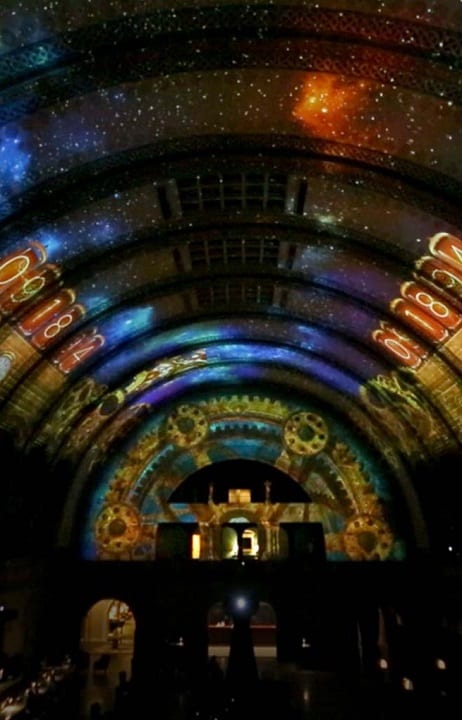
The expansion will include a mezzanine level enclosed space for a wide range of community activities, a temporary exhibition space for performance and markets as well as special events and the garage workshop will contain a variety of tools and benches for ongoing restoration projects and maker activities. In addition, a number of freestanding interactive exhibits exploring the engineering of tunnels and trains will be around in the space.
The Ramsgate Tunnels will also work with schools and colleges to develop educational resources and training opportunities, inspiring a new generation to take on skills in areas such as hospitality, heritage, engineering and other STEM subjects.
The new attraction is expected to take visitor numbers from around 26,000 per year to over 100,000.
For the new experience, Ramsgate Tunnels is working with HKD, a leading design studio based in Margate which has worldwide experience of creating engaging experiences in the heritage sector.
The project will be delivered by 2024 which will be the 85th anniversary of the first opening of the tunnels and the 10th anniversary of their reopening in 2014.
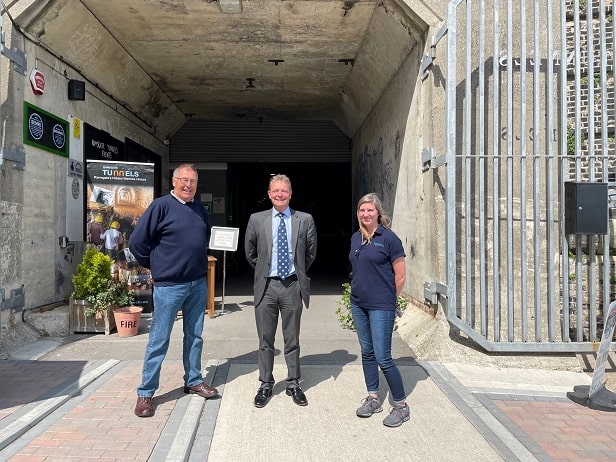
The scheme is being backed by South Thanet MP Craig Mackinlay, who said: “I very much enjoyed the couple of hours spent with the team last week and a hugely interesting tunnel tour.
“Ramsgate Tunnels Project 2024 will benefit the town considerably in terms of the boost to the local economy with an all year round tourist attraction and increased community engagement. I am on hand to assist Ramsgate Tunnels achieve this.”
Ramsgate Tunnels Trustee, Phil Spain, added:“We’re delighted to have Craig’s support as we continue to improve Ramsgate’s future by turning to its past. In addition to creating employment and bringing many more visitors to the area, we’re working hard to align Ramsgate Tunnels with the Government’s Net Zero ambitions. Having Craig’s support with this will be invaluable to us.”
Tunnel construction
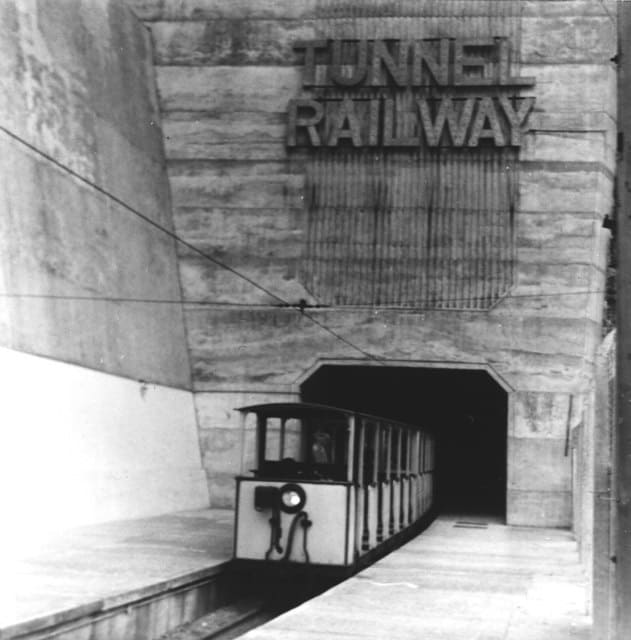
Originally constructed as a railway to connect the harbour of the town with the main train line, Ramsgate Tunnels are two and a half miles long and in some places are as much as 27 metres below the surface. The largest of the tunnels, dates back to October 1863, when it was opened as a railway tunnel serving Ramsgate Harbour Station. The line closed in 1926, when the current Ramsgate station opened. However, the tunnel was brought back into use in 1936, when a narrow gauge railway ran between Hereson Road and the seafront.
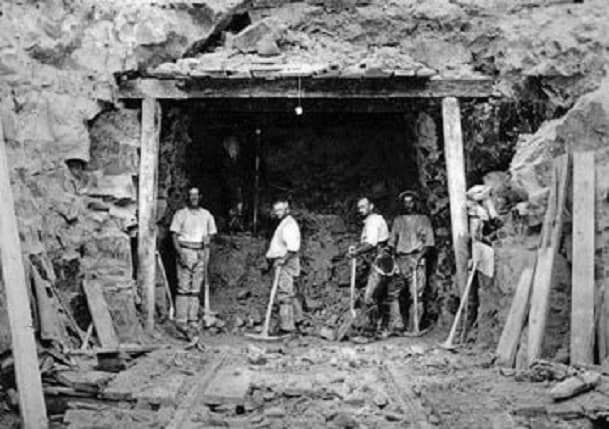
The second phase of construction for the Tunnels was during the Second World War, when the Mayor of Ramsgate commissioned the construction of a series of tunnels to serve as underground shelters to protect the inhabitants of Ramsgate. Due to Ramsgate’s close proximity to Europe, the town suffered from heavy bombing during the Second World War.
The new line’s infrastructure was designed by Henry Greenly, a leading figure in the design of narrow gauge railways. He had begun his career at the Metropolitan Railway (now part of the London Underground), and had designed the route, buildings, locomotives and rolling stock for the Rhyl Miniature Railway and the nearby Romney, Hythe and Dymchurch Railway.
The beginning of The Ramsgate Tunnels attraction
In January 2014, the Heritage Lottery Fund awarded a grant of £84,500 to the tunnels and they were reopened to the public six months later in June 2014, just 75 years after they were first opened in 1939. Since then, volunteers have transformed the heritage attraction into one of the leading visitor destinations in the south east of England.

